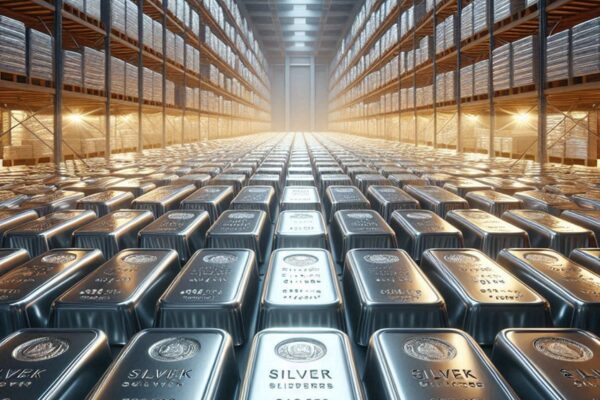Silver mining has been a crucial part of the global economy for centuries, providing a valuable resource for various industries, including electronics, jewelry, and photography. The exploration and extraction methods used in silver mining have evolved significantly over time, integrating advanced technology and innovative techniques to increase efficiency and minimize environmental impact. This article delves into the exploration methods employed to locate silver deposits, the extraction techniques used to obtain silver, and the role of extractive metallurgy in refining copper, which is often associated with silver.
Extractive Metallurgy of Copper PDF
The extractive metallurgy of copper is an important topic within the context of silver mining, as copper and silver often coexist in various ore deposits. Understanding the metallurgy of copper is essential for maximizing silver recovery and optimizing mining operations. Numerous resources, including scholarly articles and PDF documents, outline the processes involved in copper metallurgy, providing valuable insights into the separation and refining techniques used in conjunction with silver extraction. These documents typically cover various stages, including the concentration of ores, smelting, and electrorefining processes, which are crucial for obtaining high-purity copper and silver.

Extractive Metallurgy of Copper
The extractive metallurgy of copper involves several key steps that are also relevant to silver mining. Initially, ores containing copper and silver are extracted from the earth through methods such as open-pit mining or underground mining. Once the ores are obtained, they undergo a series of processes, including crushing, grinding, and flotation, to concentrate the valuable minerals.
Following concentration, the next step is smelting, where the concentrated ores are heated in the presence of a reducing agent, resulting in the production of matte—a mixture of copper, iron, and sulfide minerals. During this phase, silver is often recovered as a byproduct. The matte is then subjected to further refining processes, such as converting and electrorefining, to separate the metals and achieve high purity levels.
Overall, the extractive metallurgy of copper not only contributes to the production of copper but also plays a significant role in the effective extraction of silver from ores.
Conclusion on Silver Mining Exploration Extraction Methods
In conclusion, silver mining exploration and extraction methods are complex processes that require a deep understanding of geology, metallurgy, and environmental considerations. The advancements in exploration techniques have made it possible to identify silver deposits more efficiently, while modern extraction methods ensure that silver is obtained sustainably and with minimal environmental impact. Moreover, the extractive metallurgy of copper is integral to silver recovery, highlighting the interconnected nature of these mining processes. As the demand for silver continues to grow, the mining industry must adapt and innovate to meet these challenges while prioritizing sustainability and efficiency in their operations.
